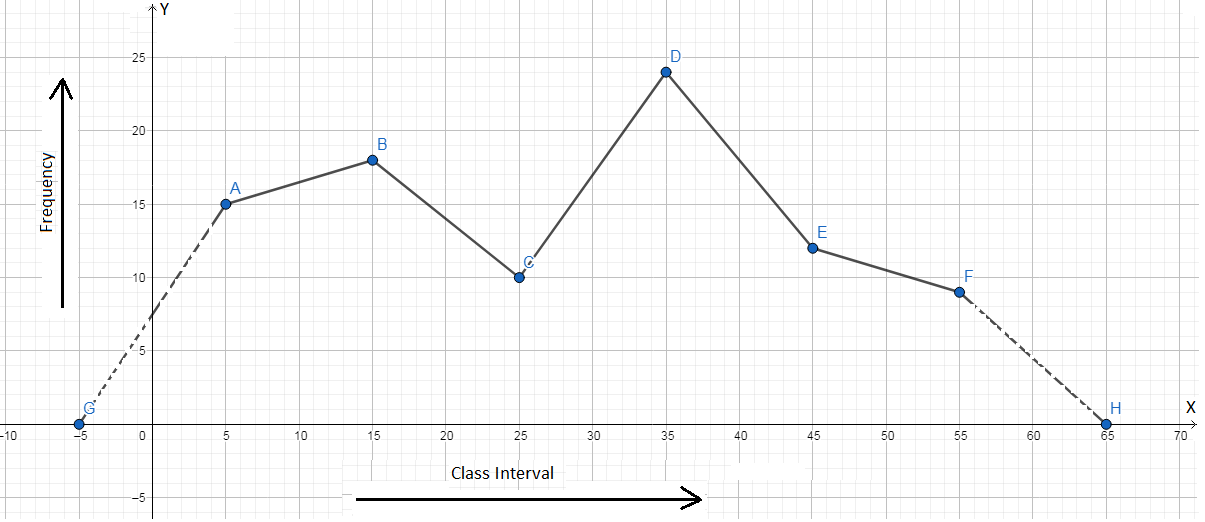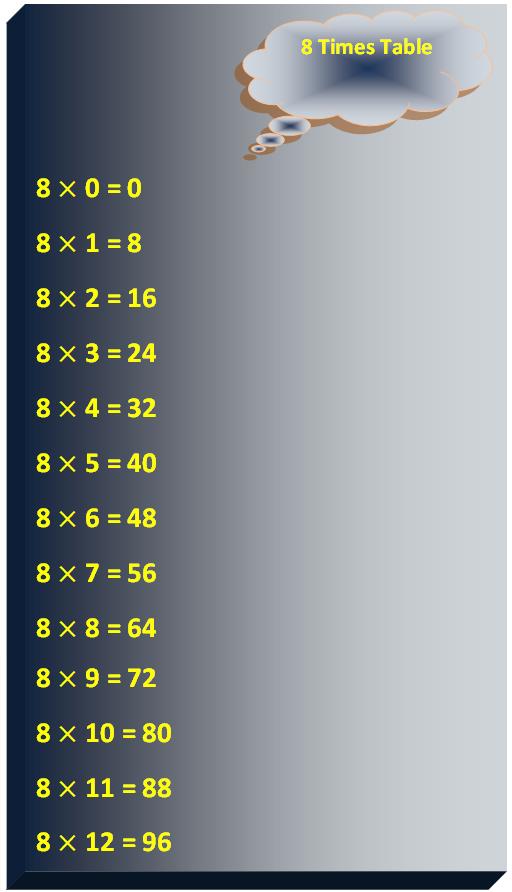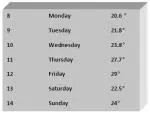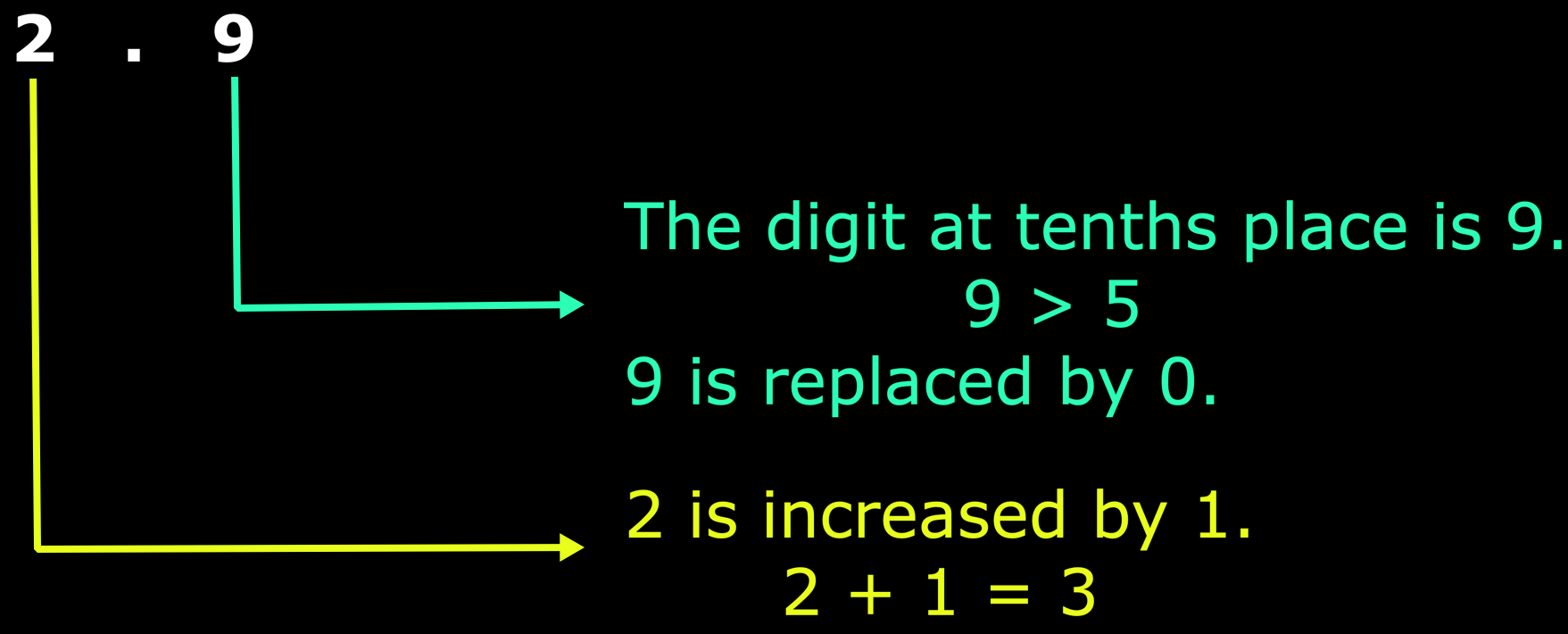Subscribe to our YouTube channel for the latest videos, updates, and tips.
Method of Constructing Frequency Polygon with the Help of Class Marks
We will discuss about the method of constructing a frequency polygon with the help of a class marks.
Step I: Prepare a frequency-distribution table overlapping intervals.
Step II: Find the class marks of the class intervals and locate them on the horizontal axis (class-interval axis). These will be the middle points of the line segments on the horizontal axis, representing the overlapping class intervals.
Step III: Draw perpendiculars to the horizontal axis at the points representing the class marks. The lengths of the perpendiculars should represent the frequencies of the corresponding class intervals. In other words, draw points which coordinates (a, b), where a = class mark and b = the corresponding frequency.
Step IV: Join the points plotted with coordinates (a, b), where a = class mark and b = the corresponding frequency.
Step V: Join the first plotted point to the point representing the class mark of the imaginary class interval before the first class interval of the distribution. Then, join the last plotted point to the point representing the class mark of the imaginary class interval after the last class interval. You can use dotted line segments for these.
Example: Draw a frequency polygon for the following distribution.
Class Interval
0 - 10
10 - 20
20 - 30
30 - 40
40 - 50
50 - 60
Frequency
15
18
10
24
12
9
Solution:
Here, the intervals are already overlapping (that is, the distribution is continuous). The class marks (i.e., midpoints of the intervals) of the class interval are 5, 15, 25, 35, 45 and 55 respectively. So, using steps 2 and 3, plot the points (5, 15), (15, 18), 25, 10), (35, 24), (45, 12), (55, 9).
Following steps 4 and 5 after this, we get the frequency polygon as given below.
Scale: On the X-axis, 1 cm = width of one interval.
On Y-axis, 1 cm = frequency 10.
From Method of Constructing a Frequency Polygon with the Help of a Class Marks to HOME PAGE
Didn't find what you were looking for? Or want to know more information about Math Only Math. Use this Google Search to find what you need.
Recent Articles
-
8 Times Table | Multiplication Table of 8 | Read Eight Times Table
May 18, 25 04:33 PM
In 8 times table we will memorize the multiplication table. Printable multiplication table is also available for the homeschoolers. 8 × 0 = 0 8 × 1 = 8 8 × 2 = 16 8 × 3 = 24 8 × 4 = 32 8 × 5 = 40 -
Worksheet on Average | Word Problem on Average | Questions on Average
May 17, 25 05:37 PM
In worksheet on average interest we will solve 10 different types of question. Find the average of first 10 prime numbers. The average height of a family of five is 150 cm. If the heights of 4 family -
How to Find the Average in Math? | What Does Average Mean? |Definition
May 17, 25 04:04 PM
Average means a number which is between the largest and the smallest number. Average can be calculated only for similar quantities and not for dissimilar quantities. -
Problems Based on Average | Word Problems |Calculating Arithmetic Mean
May 17, 25 03:47 PM
Here we will learn to solve the three important types of word problems based on average. The questions are mainly based on average or mean, weighted average and average speed. -
Rounding Decimals | How to Round a Decimal? | Rounding off Decimal
May 16, 25 11:13 AM
Rounding decimals are frequently used in our daily life mainly for calculating the cost of the items. In mathematics rounding off decimal is a technique used to estimate or to find the approximate





New! Comments
Have your say about what you just read! Leave me a comment in the box below. Ask a Question or Answer a Question.